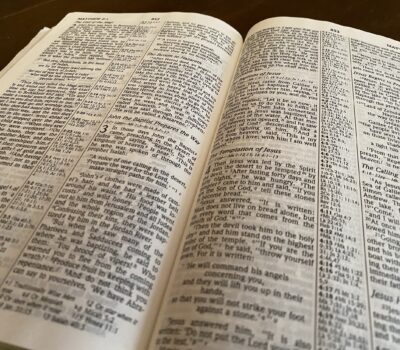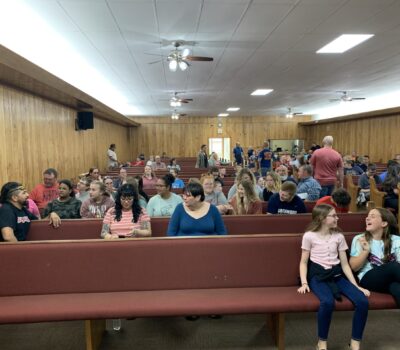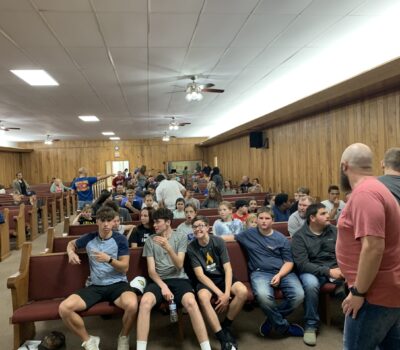THE TRUE GUIDE FOR OUR LIVES
Jesus gave us the keys to life through His Word. This study shows that the Bible can guide us through life, steering us away from dangerous paths.
Read Luke 6:46-49. The people listening to Jesus called Him “Lord.” This title meant Master, or the one in charge of their lives.
The problem was they were not treating him like their Lord or Master. They listened to His words, but did not do the things He said.
They did not build their lives on what Jesus was teaching.
FALSE FOUNDATIONS
Here is a list of false foundations that people build their lives on.
Money– Luke 12:15-21
Emotions– Proverbs 14:12; Jeremiah 10:23
Self– Psalm 49:13-14
Man’s Interpretation– 2 Peter 1:19-21
Traditions– Mark 7:1-4-8-13 (You cannot have two guides in your life. One will eventually contradict the others; Matthew 6:24.)
The Majority– Matthew 7:13-14
Religious Leaders– Matthew 7:15-20 (Christians are often referred to as sheep; John 10:14; Matthew 25:32.)
Good works– Matthew 7:21-23
These are not bad things, but they are not what you should base your whole life on.
Notice in Matthew 7:24-27 we have the same parable we started with in Luke 6:46-49.
The setting is different this time, so we are looking at two separate occasions. Jesus ends both sermons with the parable of the Wise and Foolish Builders.
He is emphasizing how important it is to build your life on the Bible.
The question you need to ask your self is do you want to be a wise or a foolish builder? If you want to be wise, do more than just hear the words of Jesus. Do what He says.
THE BIBLE IS THE STANDARD FOR JUDGEMENT
John 12:47-48 We will be judged by Jesus’ Word on the final day. Learn what His Word says now, so you will be ready for Judgment Day.
Hebrews 4:12-13 The Word is alive. It is not dead or outdated. It is so up-to-date and practical that it cuts to our hearts when we read it.
The Word is our judge and we need to learn what it says.
Make a promise to yourself to read the Bible every day (Acts 17:11.)
Be serious about it. Consistent study of God’s Word will help you to have a deeper relationship with God than you ever dreamed possible.







